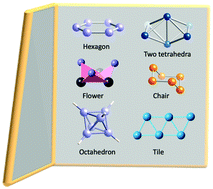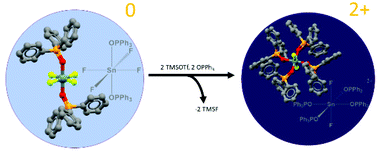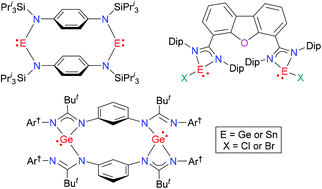We are delighted to announce our new themed collection: Dalton turns 50 – celebrating our board members past and present.
2021 is a huge milestone for Dalton Transactions – the publication of its 50th volume! Since its launch in 1972—then named Journal of the Chemical Society, Dalton Transactions—the journal has published over 45,000 articles featuring contributions from over 100 countries across six continents. Dalton Transactions is a truly international journal with an international readership and this global reach is a result of the work of our many editorial and advisory board members over the years.
This themed collection, part of our 50th volume celebrations, celebrates the high quality research published in Dalton Transactions authored by our board members past and present. The breadth and diversity of the field of inorganic chemistry is illustrated by this collection, as well as the new avenues being explored. This collection is guest edited by our current Dalton Transactions Editorial Board Chair, Professor Russell Morris (University of St Andrews), and the Executive Editor, Dr Andrew Shore (Royal Society of Chemistry).
See the full collection as it grows on our collection webpage, and check out a selection of articles below:
The influence of alkyl chains on the performance of DSCs employing iron(II) N-heterocyclic carbene sensitizers (Open Access)
Mariia Becker, Vanessa Wyss, Catherine E. Housecroft and Edwin C. Constable*
Dalton Trans., 2021, 50, 16961-16969
Selective construction and stability studies of a molecular trefoil knot and Solomon link
Li-Long Dang,* Ting-Ting Li, Zheng Cui, Dong Sui, Lu-Fang Ma and Guo-Xin Jin*
Dalton Trans., 2021, 50, 16984-16989

Aidan Ingham, Thomas I. Kostelnik, Brooke L. McNeil, Brian O. Patrick, Neha Choudhary, María de Guadalupe Jaraquemada-Peláez and Chris Orvig*
Dalton Trans., 2021, 50, 11579-11595
Reactivity of a T-shaped cobalt(I) pincer-complex
Regina Matveeva, Clemens K. Blasius, Hubert Wadepohl and Lutz H. Gade*
Dalton Trans., 2021, 50, 6802-6810
From polygons to polyhedra through intermediate structures. A shape measures study of six-atom inorganic rings and clusters (Open Access)
Santiago Alvarez
Dalton Trans., 2021, 50, 17101-17119




















